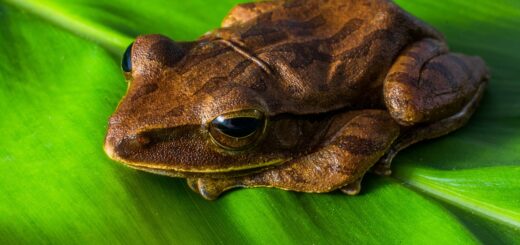Leaf-eating primates: nutrition and dietary husbandry
Citation
Edwards MS. 1997. Leaf-eating primates: nutrition and dietary husbandry. In Nutrition Advisory Group Handbook Fact Sheet 007
Abstract
Species differences in natural feeding habits and digestive system structure suggest that all captive primates should not be fed in the same manner.28 Primates whose diets consist primarily or exclusively of leaf material possess highly developed, and delicately balanced digestive systems, which enable them to utilize this abundant food source. The order of Primates consists of several species whose natural feeding habits fall within this broad category, including apes (e.g., gorillas, siamangs), prosimians (e.g., sifakas), and monkeys (e.g., colobines, howlers). The focus of this document is the latter group: leaf- eating, or folivorous, monkeys of the families cercopithecidae and cebidae.
Although the highly specialized adaptations of leaf-eating monkeys have long been recognized, folivorous monkeys often are fed diets that are similar to those fed to primate species that are not primarily folivorous and/or do not have specialized digestive adaptations.15,30 This may have contributed to the high incidence of gastrointestinal disorders among captive specimens.3,4,12,13,14,15,16,27 Success in maintaining captive populations has been widely mixed, and to date, is species-specific.6 Appropriate diet composition and presentation may be identified as key features in the successful maintenance and propagation of folivorous monkeys under captive conditions.
Based upon the feeding strategies and nutrient composition of foods selected by free-ranging animals,8 and their gastrointestinal anatomy, the objectives of a captive feeding program for leaf-eating monkeys are to increase dietary fiber, limit the amount of fermentable carbohydrates both overall and at a single feeding, and disperse feedings in small portions throughout the animals’ day.
 NAG FS007 97 Primates-JONI FEB 24, 2002 MODIFIED.pdf 33 KB
NAG FS007 97 Primates-JONI FEB 24, 2002 MODIFIED.pdf 33 KB








